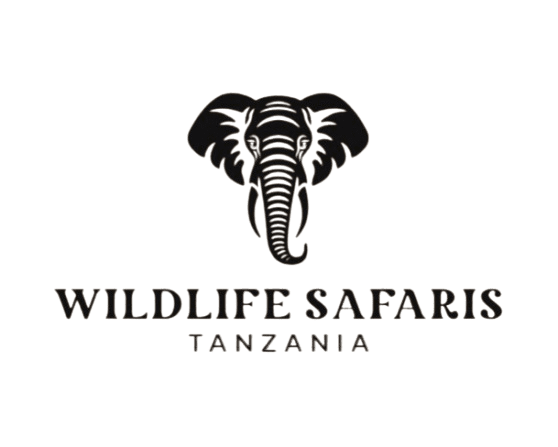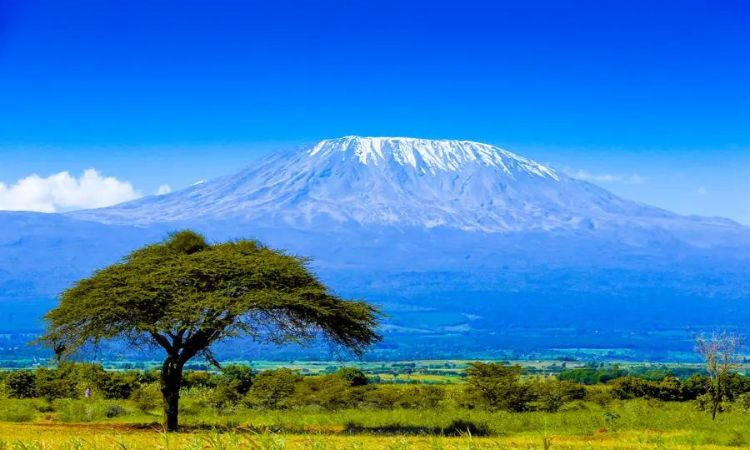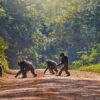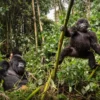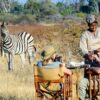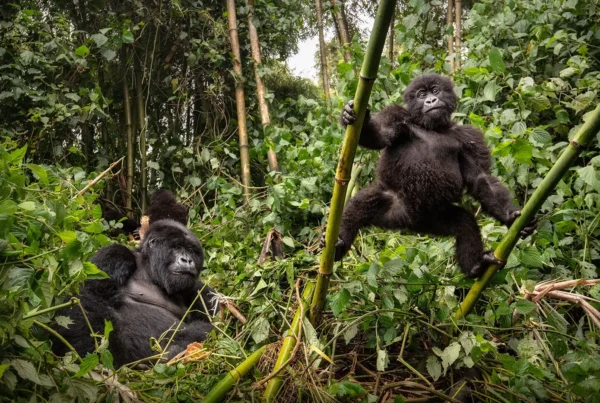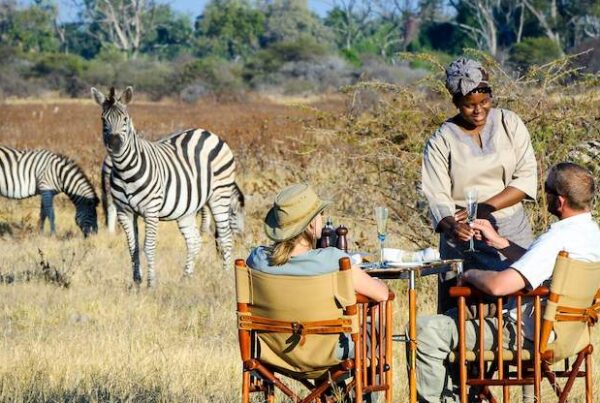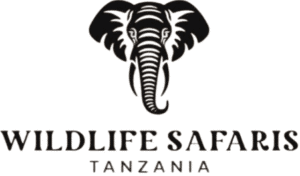Kilimanjaro Climbing: Price and Routes.
A lot of hikers, both new and old, have their hearts set on climbing Kilimanjaro. Ascending the highest freestanding mountain in the world is a great way to experience life at greater heights. And from this vantage point, you may take on any of the world’s other majestic mountains. Here we’ll take a look at the trekking paths to Africa’s tallest mountain and the price tag associated with climbing it. Let’s have a look.
How much is it to climb Kilimanjaro?
The average cost of a 7-day Kilimanjaro trek is about $2,950. The price per person may be anywhere from $2,200 to $2,500 if you choose shorter vacations of 5 or 6 days. Typically, these costs cover things like park admission, water, porters, and food. It is imperative that you verify.
Time of day, route, number of days, and group size are some of the other variables that affect the price. Consider these observations:
You can save money by going from January to March or April to May instead of June to October.
• The Marangu route is shorter and less expensive than the Northern Circuit, which is longer and more expensive.
climbs of a longer duration are more costly, but more worthwhile, than climbs of a shorter duration. Climbing in groups reduces the cost per participant.
Picking the most efficient paths.
On Kilimanjaro, you may choose from seven famous ascent routes: Marangu, Machame, Lemosho, Rongai, Umbwe, Shira, and the Northern Circuit. You might be unsure about which hiking path to take because there are so many of them. No, I implore you. The scenery, slope, and success rate of each path are different.
Make an informed decision therefore. This is a manual:
1. The Marangu River.
A shorter and more western approach around Kilimanjaro is the Marangu route. This trail, which is also known as the Coca-Cola route (perhaps because to its age), features a well-established path and several types of huts for lodging. Because of its mild slope, it is ideal for novices. The total time required to accomplish this journey is around five days.
The key to a more successful journey is to allow yourself an additional day to adjust to the new environment. A 60% success rate is achieved by climbers who trek this route for 5 days, whereas a 70-80% success rate is achieved by those who spend 6 days. By the conclusion of the seventh day on the mountain, your chances have increased to 85–90%.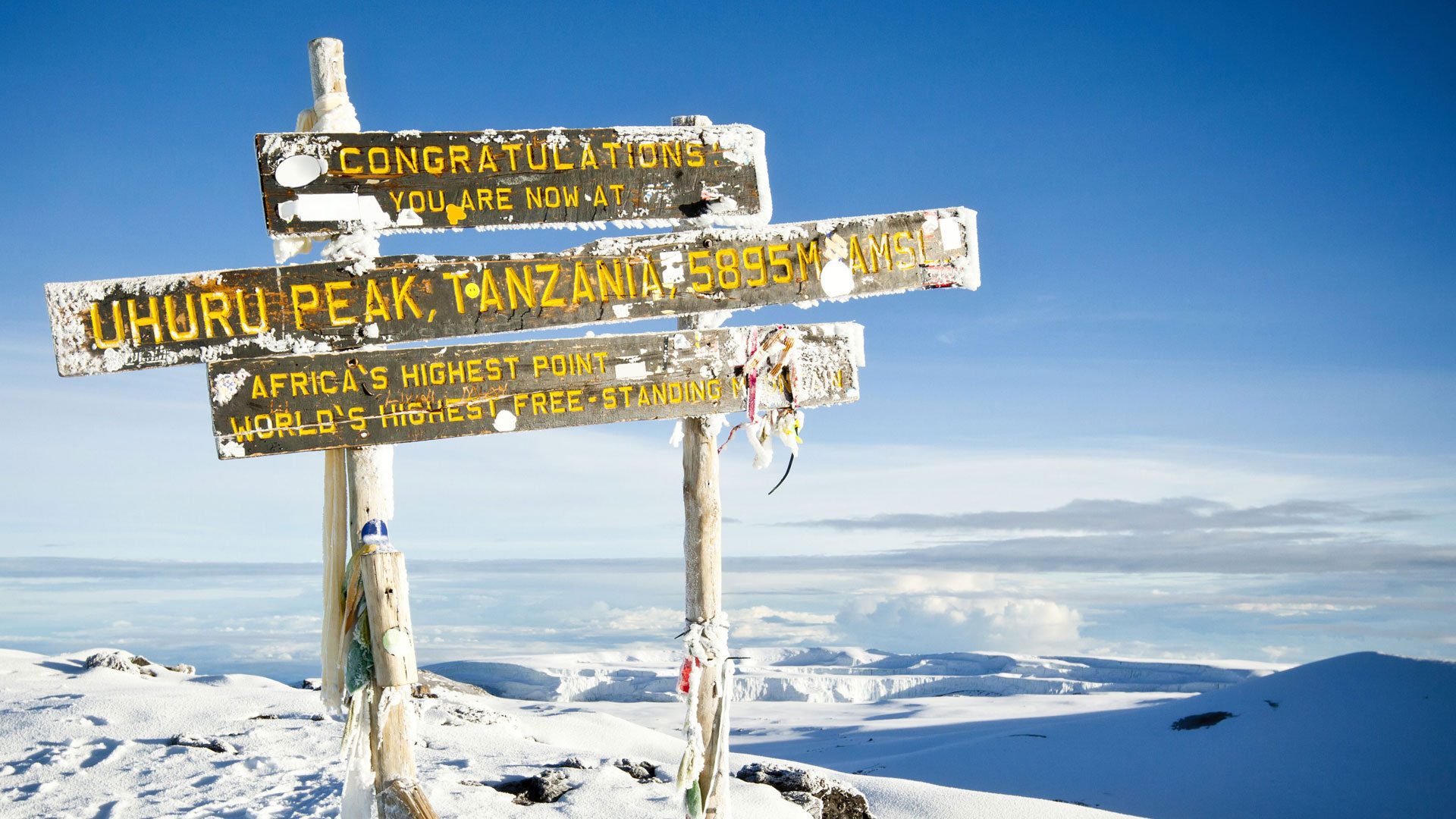
2. Method of Machame.
Following Marangu, this is another well-traveled path. Some hikers refer to it as the “Whiskey route.” The paths leading to Machame and Marangu are slightly different. Machame is easy enough for beginners to tackle, but the Barranco Wall has a cliff that more experienced climbers may find intimidating. Hikers are need to pitch their tents as there are no shelters.
The Machame takes six days to complete the round-trip journey. However, if you want to improve your chances of reaching the peak of Kilimanjaro, you may trek it for seven days. While the success percentage for a 7-day walk might reach 90% or higher, it is approximately 85% for a 6-day climb.
3. The Lemosho Passage.
The picturesque vistas are an additional perk of trekking at Lemosho. Plus, it’s not too busy, so you’re more likely to see wildlife like antelopes, birds, and monkeys. The entire journey along this path takes around seven or eight days. Anyone looking for an experience beyond trekking, or who is an enthusiastic photographer, should try it.
Hint: The tranquility, mild gradient, and breathtaking vistas will appeal to hikers of all skill levels. At the Lava Tower, though, it becomes part of the Machame path, where you can find other hikers.
4. Route of the Northern Circuit.
The longest and most recently created route is the most challenging, but also the most successful. Since it takes around 9 to 11 days to finish, we advise hikers with experience at high elevations to consider it. So, you should expect to spend a good chunk of time up there. There is a 98% probability of success.
Observation: Due to the length of time you will spend with the crew, this path may be more costly than others.
5. The Umbwe street.
This ascends in a straighter line. In most cases, the first few days of a hike involve a significant ascent in elevation, particularly on day two. It won’t take more than five days to finish. To boost the success rate, we suggest 6 or 7 days.
Observation: Novices should not go on this path. This peak is a good test for experienced hikers who want to get better at climbing before they tackle other, higher mountains.
6. The way via Rundai.
The northern side of Kilimanjaro is where this path begins. Anyone looking for a peaceful, easy hike will find it here. This is the ideal route to use if you want to climb Kilimanjaro during the rainy season, as it gets less precipitation overall.
Note: The Marangu gate is where you’ll cross customs on this route; from there, it’s around 45 minutes north to the trailhead. This is because there is no park office along this route. This might increase the final cost. However, the journey is worthwhile.
7. Path to Shira.
Although it is one of the shorter routes, the Shira path is secluded. Beginning at a greater altitude of around 3,414 meters on the western side, it ascends to join the Lemosho path. The completion time is 6 to 7 days.
Depending on your familiarity with high altitudes, you may find it challenging because it begins at a high elevation.
Concluding remarks…
Climbing Kilimanjaro is an exhilarating experience, and we strive to make sure that every climber we lead reaches the summit. As a whole, 98% of hikers we’ve led to the peak of this breathtaking volcano were successful. It is now up to you. Start organizing your hike with the help of our travel specialists.
